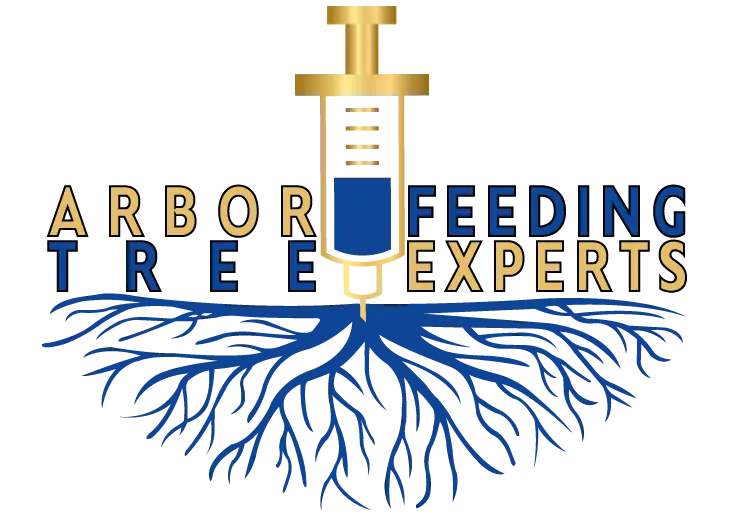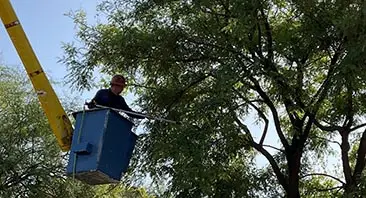About Arbor Tree Feeding Experts
Tree Service Experts Serving Scottsdale, Paradise Valley & Beyond

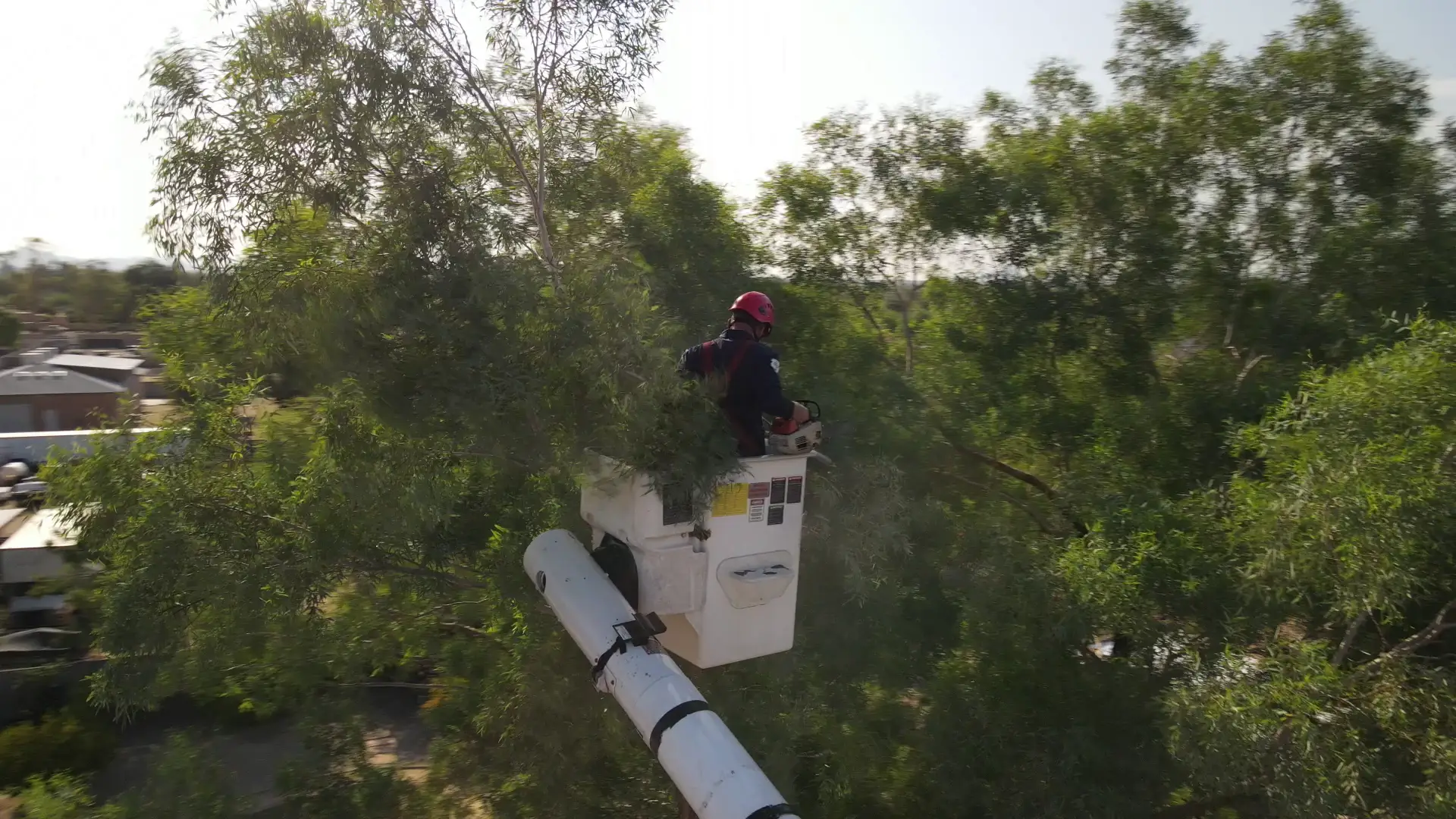
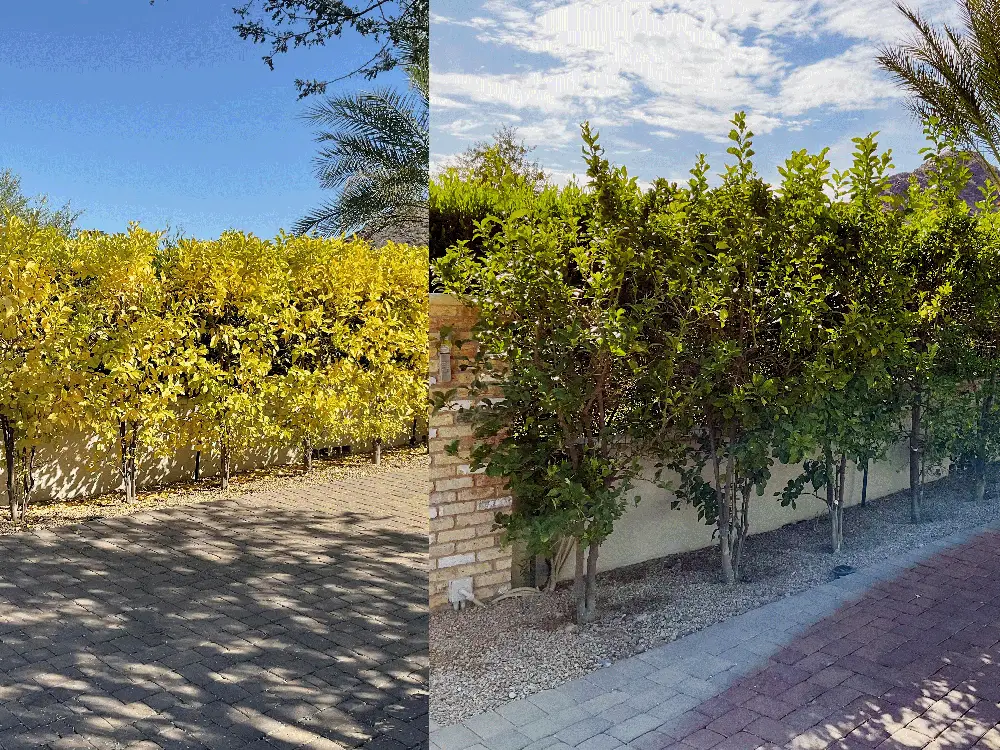
Our Mission
At Arbor Tree Feeding Experts, our mission is to deliver unparalleled customer service and tree care excellence. With over 30 years of experience and a proven track record of revitalizing and nurturing thousands of trees, we combine ongoing research and advanced tree health care and pruning techniques to enhance the beauty of your landscape. We are committed to maintaining the highest industry standards, consistently striving for superior service that exceeds client expectations. Our dedication has been recognized through numerous accolades, including nine consecutive years of award-winning service—a testament to our unwavering commitment to excellence.
- Artistic Pruning
- Custom Tree Health Care Plans
- 5-Star Google Rating
Expert Tree Care
Personalized Care Plans
480-528-9486
30+ Years of Artistic Pruning & Tree Health Care for the Discerning Homeowner

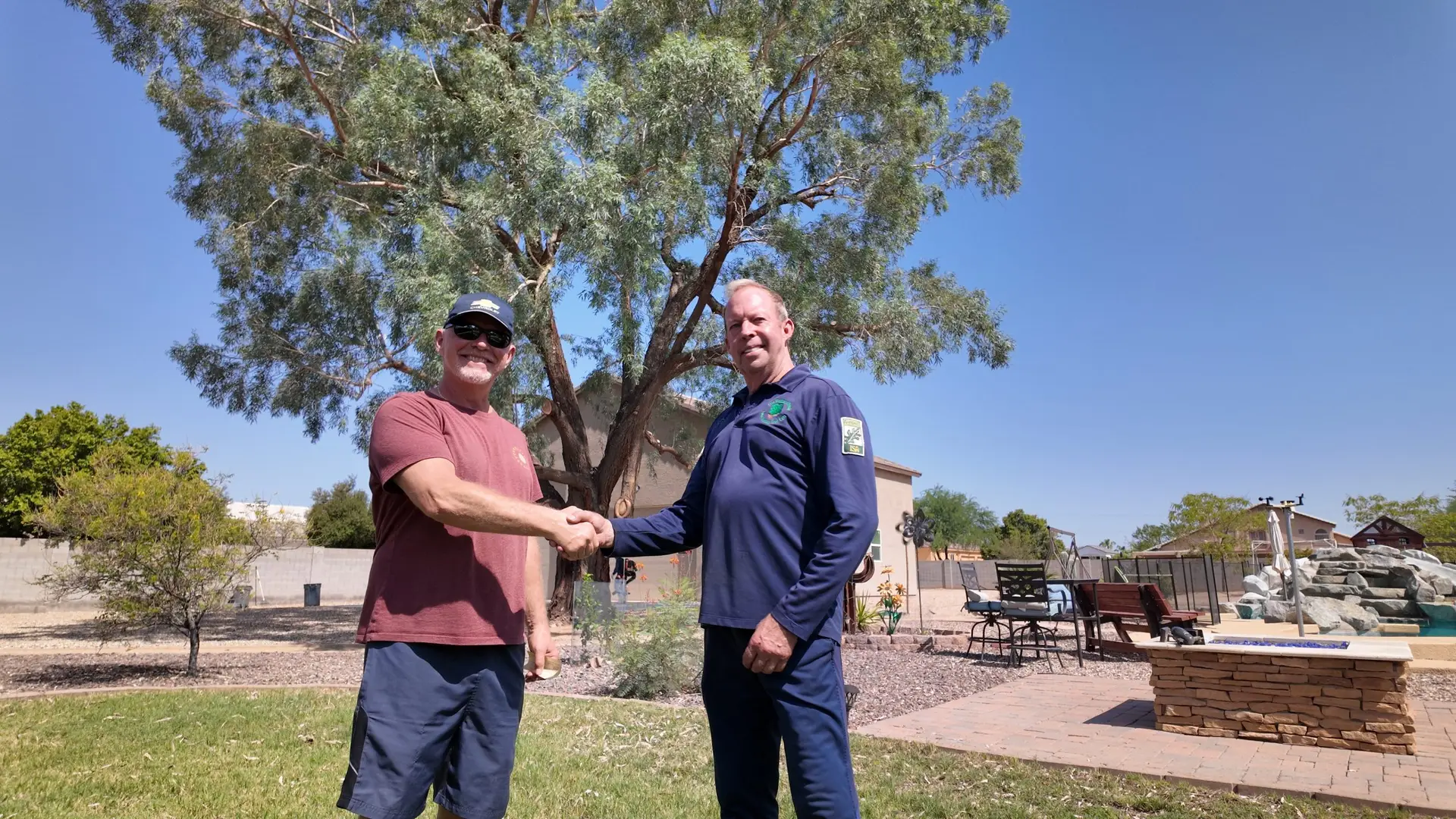
What Our Amazing Customers Have To Say!
We aren’t happy unless you’re happy
Our backyard had a wide variety of trees when we moved in a few years back. They've been looking sad and yellow over the past year and have lost a few. Arbor Tree Feeding experts did great job explaining the fertilization process and where more water was needed as well as how to take better care of them. I'm looking forward to having our resort like yard back soon and feel better educated on how to keep them healthy!
2024-03-20
Richard did a great job. Very efficient and professional. Reasonable pricing. I would recommend this company anytime. He completed a deep root fertilizer on two of our trees
2023-10-20
Rick came out to diagnose a few trees, and was super knowledgeable and helpful. Not only did he have recommendations for treatments, but he also suggested watering schedules and ways to care for my trees moving forwards. Highly recommend!
2024-04-19
Let's Address Your Questions
While it may seem that some companies offer lower prices, not all services are the same. At Arbor Tree Feeding Experts, we take a thorough, holistic approach to evaluating your trees. Our Certified Arborists assess every aspect, including tree health, proper pruning, aesthetics, and long-term vitality. Often, we hear from customers who weren’t informed of potential issues by other providers, which can lead to costly surprises down the road.
Our goal is to ensure that your trees thrive and remain healthy for many years to come, not just offer a quick fix. While we may not be the cheapest option, our comprehensive care and expertise make us the absolute best choice for protecting the investment you've made in your landscape.
Arbor Tree Feeding Experts proudly services several areas in Arizona, including Scottsdale, Paradise Valley, North Phoenix, Glendale, Carefree, Cave Creek, and Peoria. If you're located in or around these regions, we're ready to help you with all of your tree care needs!
Absolutely! Arbor Tree Feeding Experts is fully insured with $1 million in liability insurance. In Arizona, any tree work done above 8 feet requires liability insurance, or else the homeowner could be held responsible for any damages or injuries that occur on their property. We also carry worker’s compensation to protect our employees. With Arbor Tree Feeding Experts, you can have peace of mind knowing that we are fully covered, ensuring the safety of your property and protection from any potential risks.
While it may seem easy to take care of your trees on your own, tree care is far more complex than just trimming branches. Improper pruning, unsafe climbing, or incorrect treatments can lead to damage, personal injury, or even tree death. Our Certified Arborists have the knowledge and experience to assess the health of your trees, provide proper care, and ensure long-term health and safety.
Additionally, tree work can be dangerous without the right equipment and training. Arbor Tree Feeding Experts uses specialized tools and techniques to handle any job safely and efficiently, protecting both your trees and your property. Hiring a professional means you get expert care, safety, and peace of mind—without the risk.
While landscapers can handle general yard maintenance, tree care requires specialized knowledge and training. Trees are living organisms with specific needs, and improper pruning or care can lead to long-term damage, poor health, or even death. Certified Arborists, like those at Arbor Tree Feeding Experts, are trained to understand the biology of trees and provide the right care at the right time.
Additionally, many landscapers do not sterilize their equipment between jobs, which can easily spread diseases from one tree to another. This poses a significant risk to the health of your trees. Moreover, most landscapers do not carry the necessary insurance for tree work, meaning if they are injured while working on your property, you could be held liable.
By choosing Arbor Tree Feeding Experts, you’re investing in the health, safety, and longevity of your trees, with the peace of mind that our experts use proper sterilization techniques and are fully insured for any tree-related work.
